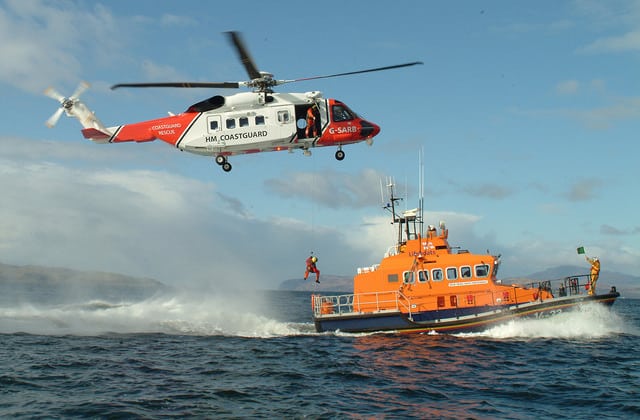Honeywell Receives Certification to Update Helicopters with Connectivity and Mission-Readiness

The Sikorsky S-92. Photo: Lockheed Martin.
Honeywell has received Supplemental Type Certificates (STCs) for its connectivity and condition-based maintenance products for a variety of helicopters. The new certification enables Honeywell’s Aspire 200 satellite communications system and Honeywell Health and Usage Monitoring Systems to be used globally. These offerings will help helicopter operators around the world throughout a variety of missions, including search and rescue, oil and gas, air ambulance, and law enforcement.
Helicopter operators have experienced unreliable connectivity because the rotor blades disrupted satellite signals. The Aspire 200 system aims to bring broadband speeds to the cabin while reducing the impact of rotor wash on the satellite signal. The system provides cabin voice and data services through Inmarsat‘s SwiftBroadband satellite system and is now certified for installation on the Augusta AW139. STCs are in development for the Sikorsky S-92, AS332 Super Puma, Airbus AS350, and Sikorsky Blackhawk platforms to provide operators with consistent and reliable broadband connectivity.
Honeywell’s Health and Usage Monitoring Systems (HUMS) and Vibration Expert (VXP) have been issued certifications for multiple helicopters by the FAA, EASA and the National Civil Aviation Agency (ANAC) of Brazil, which will allow maintainers to have onboard, sensor-based monitoring systems to measure the health and performance of helicopter components. Honeywell’s VXP solutions continuously monitor aircraft vibration data to determine component issues before they fail and have one of the most proven track records among the maintenance vibration products available.
Operators using condition-based maintenance systems have experienced results such as a 4 to 5 percent increase in helicopter availability, 30 percent reduction in mission aborts, 20 percent reduction in maintenance test flights, and 5 to 10 percent reduction in scheduled maintenance costs, according to Honeywell.